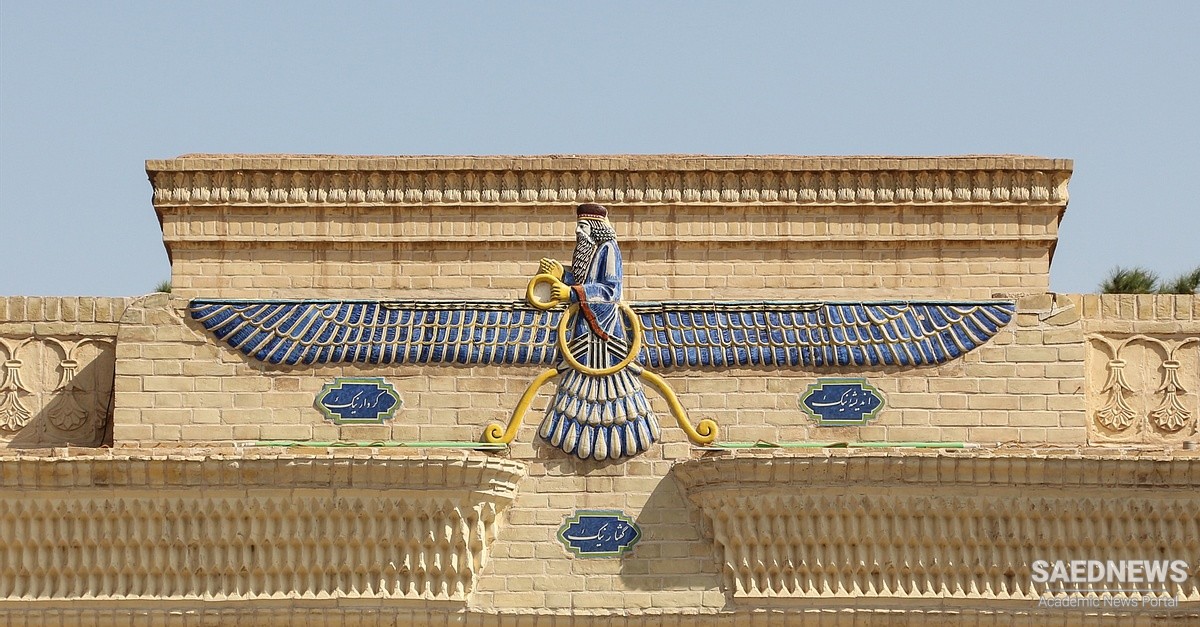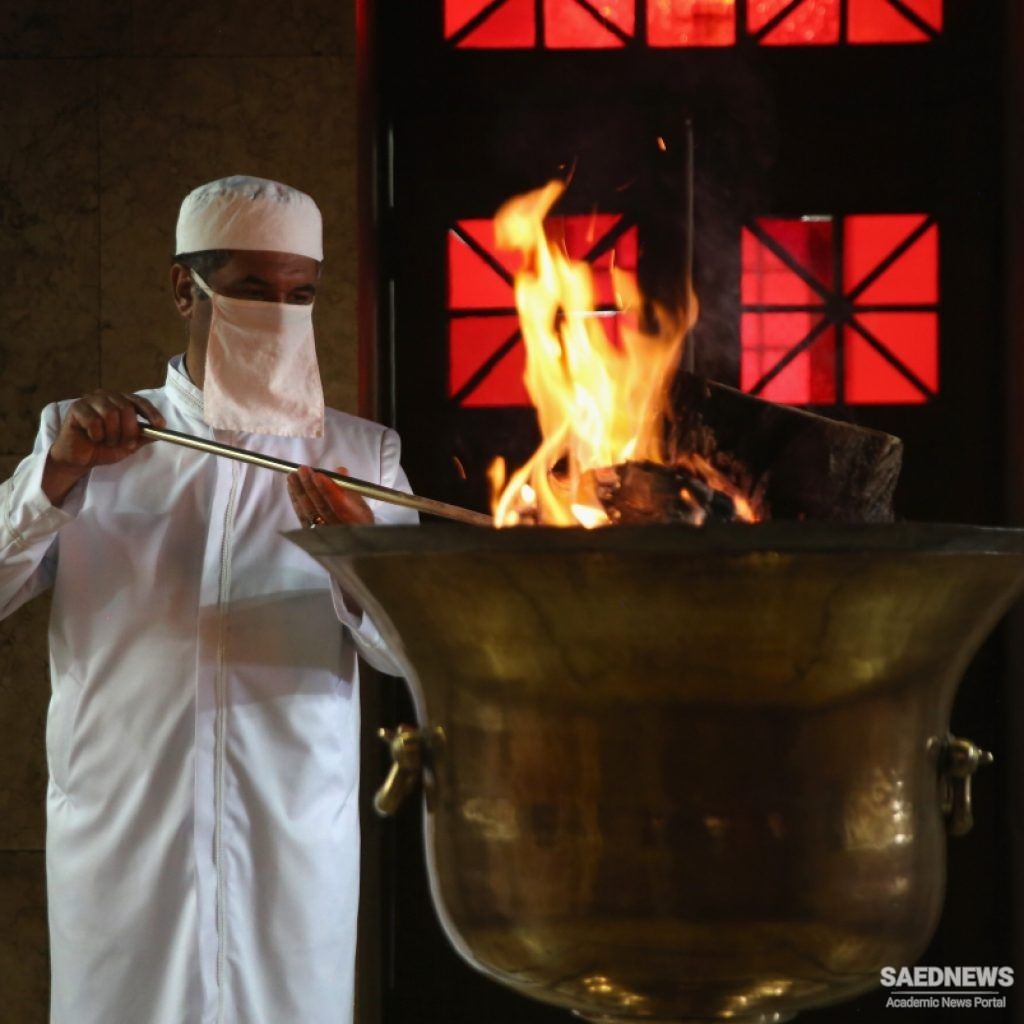In a universe in which the two opposing powers of good and evil, truth and lies, constantly vie for supremacy, the average human being is constantly prone to being misled as to what is right behavior, and the poet-sacrificer, even, is not exempt of this weakness. His concept of reality, that is, what “really, truly is” (Av. haithya, OInd. satya) as formed by observing the sensory data of nature and the inherited knowledge of his trade can still be wrong, and although he knows—he thinks—what is real, the danger of delusions caused by the powers of the Lie is ever-present. Therefore, he must always take precautions when conducting the ritual, to prevent any potential damage caused by a misunderstanding or error in his knowledge. The precautions can only be of a verbal nature and consist either in set “safety clauses” inserted in the verbal part of the ritual or in questions about what is “real (Source: Introduction to Zoroastrianism).



 Ancient Culture of Iran: Cultural Grounding
Ancient Culture of Iran: Cultural Grounding














































